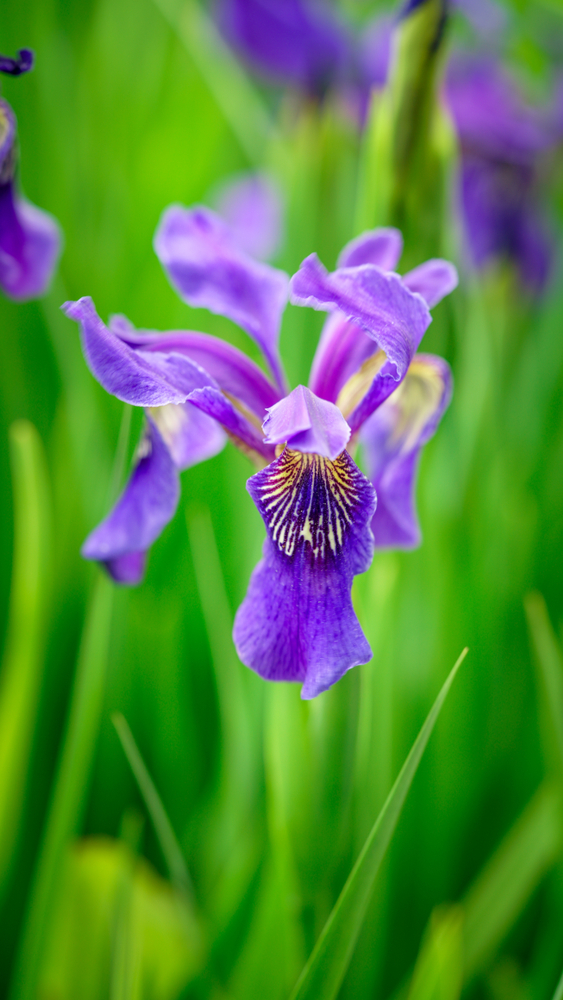Description
Genus Iris is a large and diverse group of perennial plants with over 300 species. Here are some horticultural notes on this genus:
Soil and Water Requirements: Irises prefer well-draining soil that is moderately fertile. They require regular watering during the growing season, but it’s important to avoid overwatering to prevent root rot.
Light Requirements: Irises require full sun to partial shade and should be planted in a location that receives at least six hours of direct sunlight per day.
Temperature Requirements: Irises are hardy plants that can tolerate a range of temperatures. They prefer cool to moderate temperatures and may struggle in hot and humid climates.
Propagation: Irises can be propagated through division or seed. Division should be done during the dormant season, while seed should be sown in a well-draining mix and kept moist until germination.
Blooming: Irises produce large, showy flowers in a variety of colors, depending on the species. They typically produce one to several blooms per stem.
Fertilizing: Irises benefit from occasional fertilization during the growing season. A balanced fertilizer that is low in nitrogen can promote healthy growth and flowering.
Pest and Disease Control: Irises are relatively pest and disease-free. However, they can be susceptible to iris borer, aphids, and fungal infections. Regular inspections and treatment can help prevent and control infestations.
Planting and Maintenance: Irises should be planted in the fall or early spring, with rhizomes planted at a depth that is just below the soil surface. They require little maintenance, but deadheading spent blooms and dividing crowded clumps can help promote additional flowering.
Overall, Irises are beautiful and popular plants to grow. With proper soil, water, light, and care, they can provide years of enjoyment and beauty in your garden or indoor space.


